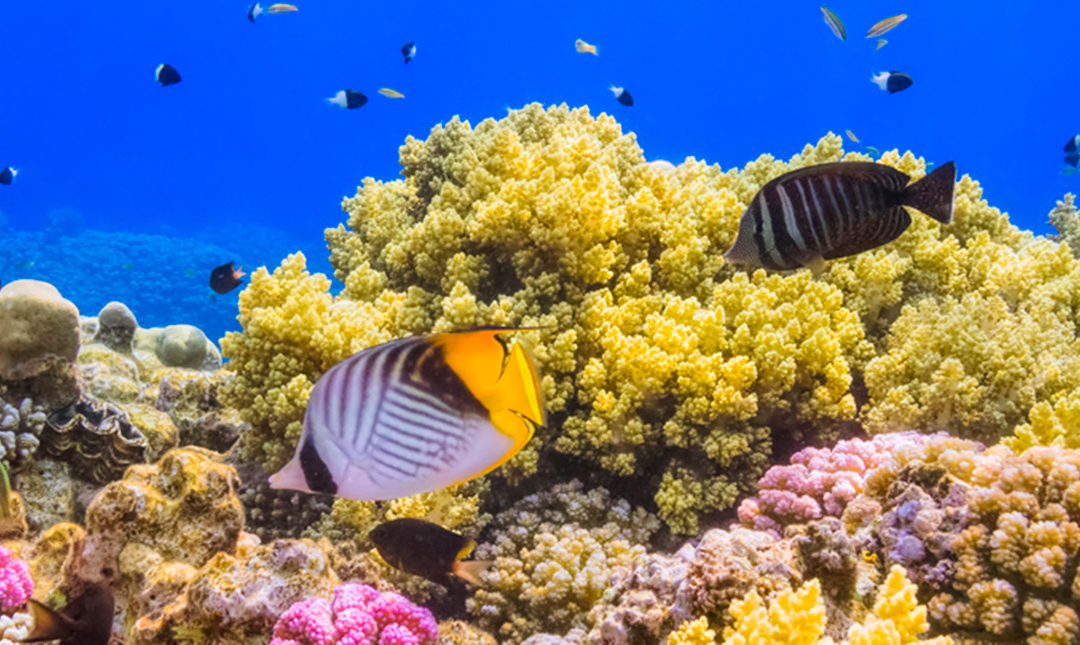No doubt, underwater photography is an exhilarating and fun experience. When most people think of underwater photographers, they picture someone in full scuba gear treading water in the ocean’s depths (usually among sharks or the wreckage of a ship). And while this is indeed the most common method for capturing underwater images, you can also engage in underwater photography while snorkeling or swimming. You can even take pictures from the (cramped) comfort of a submersible vehicle or use a remotely operated vehicle to take photos while you manage the controls from the ocean surface.
Underwater photography can be pursued for scientific reasons, commercial purposes, or purely for the sake of art. Underwater photography is useful when scientists need to examine objects on the ocean floor over time. Underwater photos can also help identify species and observe their behavior without removing them from the water. Interestingly, citizen scientists with aquatic photography skills now play a vital role in recording environmental changes, collecting information about invasive species, and monitoring ocean conservation efforts. Because professional scientists cannot spend nearly the same amount of time out in the field as can the sum total of all recreational underwater photographers, the use of citizen scientists to provide actionable information has become invaluable. Commercial underwater photography can range from taking photos of underwater structures and equipment to record their condition to capturing underwater images of fish, coral, turtles, cave systems, shipwrecks, and aquascapes that can be used for commercial, editorial, or advertising purposes. Artistic underwater photography can be pretty much anything you want it to be and is limited only by your imagination. Just do a search of the topic, and you will see a wide variety of subjects and styles. Some photos sell for dollars on Etsy, and others for tens of thousands of dollars on the websites of prestigious fine art galleries throughout the world.
To learn more about underwater photography and to access Ocean Connect’s wide range of educational and career resources, please visit our Underwater Photography snapshot.

